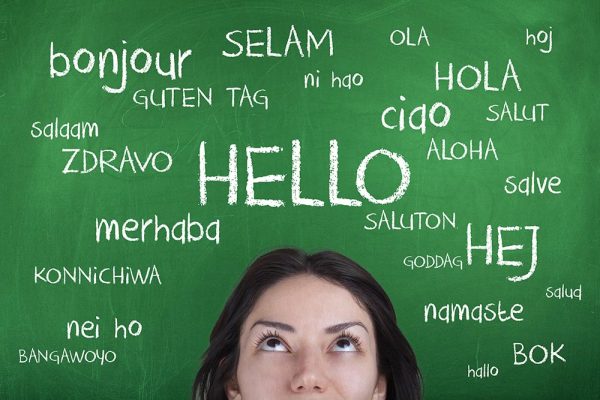Video translation can be a tricky business. Depending on the style of your video, subtitling services, voiceovers and dubbing services can be a great way of opening up your films to international audiences. Whilst subtitling is typically the cheaper option, translating audio directly can be a great way of making your videos more immediately accessible to your target audience. But when it comes to adding audio translation to your videos, what’s involved? What’s the difference between voiceover and dubbing? And when should they be used?
Video and Audio Style
Voiceover: The first and major difference between voiceover and dubbing is in the style. Voiceovers effectively work in a style similar to narration. The voiceover artist will replace the narration present in your video, working entirely off-screen. If your video contains a lot of off-screen narration, voiceovers are a perfect option and should blend in seamlessly with your video.
Dubbing: In contrast to voiceovers, dubbing is defined as more language replacement than narration. Professional dubbing is used to replace speech onscreen. Often, numerous dubbing artists are used, typically one assigned for each actor/speaker. Artists dub over speaking elements, syncing to lip patterns and rhythm of speech as much as possible, remaining silent during pauses to mirror speakers on-screen. When compared to voiceover services, dubbing can be seen as far more complex and is often a more costly option.
Number of Speakers
Voiceover: The first thing you’ll need to consider when looking at adding foreign voiceovers to your videos is the number of speakers you will need. If your film contains mostly solid narration from one speaker, voiceovers can be a very cost effective way of translating videos.
Dubbing: If your video contains active conversation between numerous speakers, you will likely need to work with dubbing, hiring more voice artists for the best results.
Video Style
Voiceover: Voiceovers are typically used to translate educational content, advertisements or documentary style programmes with narration.
Dubbing: Dubbing can be used for a range of different video types but typically, it’s a form of translation associated with the movie industry or large scale television or VoD series.
Tone
Voiceover: When it comes to foreign or English voiceovers, usually the tone will be formal and to the point, as voiceover services are used to cover types of narration. Voiceover artists can typically work across an enormous range of different video types and maintain a professional tone.
Dubbing: In terms of dubbing services, tone can play a huge role in the quality of the final audio translation. Dubbing artists will be required to ‘act’ in tandem with their onscreen counter parts, syncing lip patterns where they can and reflecting intonations and the tone of onscreen speakers. Voice artists need to be versatile and it’s a good idea to seek out samples of different voice actors in order to get a good match with your onscreen actors.
Translation accuracy
When working on any form of translation services, accuracy is paramount. Whether dubbing videos or adding voiceovers, it’s important to make sure the target translation is both accurate and well localised.
Timings
One major difference between voiceovers and dubbing is in timings.
Voiceover: When it comes to audio sync and timings, there is usually some flexibility in adding voiceovers. As voiceovers are typically a form of narration, speakers aren’t usually onscreen. This means if there is a difference in the wordiness of the target language versus the source, speech can be slowed down or sped up to reflect the changes.
Dubbing: In professional dubbing services, timing is perhaps the very most important element to consider. Speech should sync with the rhythm and pace of the speaker in the target language, and even small nuances in speech and pauses should be reflected where possible. As dubbing is often used in videos with multiple speakers, over-speaking also needs to be mirrored and added to your videos and changes in visual elements of videos also need to be taken into consideration.
So there you have it, adding voiceovers and dubbing services to your videos can open up a whole new audience for you and promote your videos to a global audience.
If you’d like more information on voiceovers and dubbing services, take a look at our services page to see if we can help market your videos to a wider audience today. Once you’ve found what you’re looking for, contact us to get your quote today.










Comments are closed.